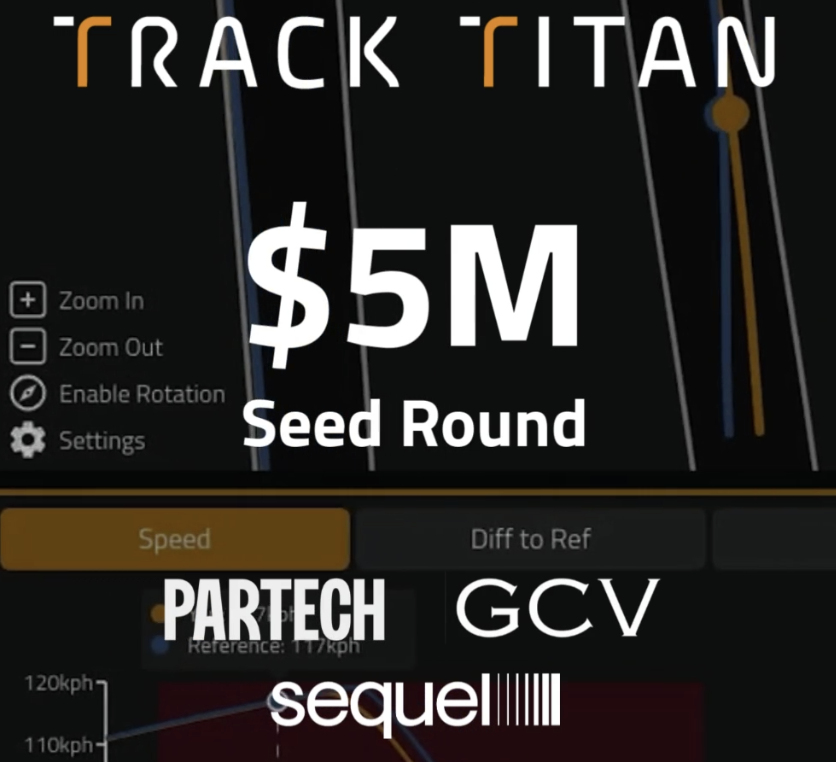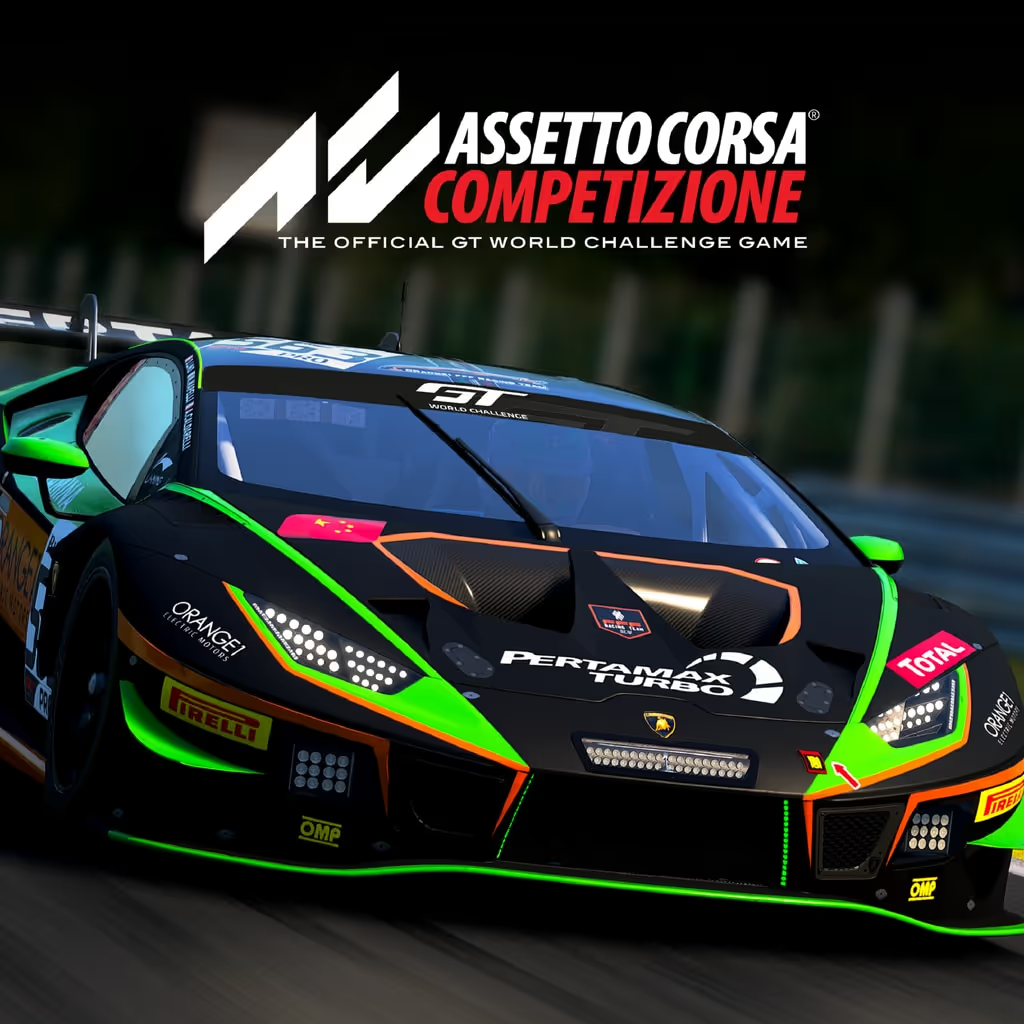NASCAR Cup Chevrolet SS Atlanta Motor Speedway Hot Lap Analysis
Let’s delve into the telemetry from a hot lap around Atlanta Motor Speedway in the Chevrolet SS NASCAR Cup driven by HYMO.
Analysis

Charlie from the Hymo team demonstrates superior cornering technique, which contributes to his faster lap times. At the start of the corner, Charlie carries more speed from the previous corner's exit, allowing for a more aggressive line and maintaining momentum. His minimum speed point occurs earlier and is higher than the other driver's, enabling him to accelerate sooner and achieve a steeper speed increase post-apex.
Charlie's braking is also more effective; he applies brake pressure aggressively and reaches peak pressure quickly, maximising deceleration and allowing for higher entry speeds into corners. This efficient braking reduces time spent in the braking zone, improving overall lap times.
In terms of throttle control, Charlie exhibits smoother and more progressive inputs, which ensures better traction and speed out of corners. The other driver's erratic throttle application likely results in traction loss and slower exit speeds. To enhance performance on track, it would be beneficial for the other driver to adopt Charlie's braking strategy and refine their throttle control for a balanced power delivery.

Analysing the speed chart, it's evident that Charlie from the Hymo team maintains a higher speed at the very start of the corner compared to the other driver. This indicates that Charlie has carried more speed from the exit of the previous corner, which sets up a faster approach and consequently a better lap time. The higher entry speed allows for a more aggressive line through the corner, enabling Charlie to maximise momentum and minimise time lost in transition. Furthermore, when observing the minimum speed point, Charlie's occurs before that of the other driver and is higher. This is crucial as it demonstrates that Charlie is able to carry more speed through the apex and get on the throttle earlier. The earlier application of throttle leads to an earlier acceleration phase, which is reflected in a steeper gradient on the speed chart post-apex for Charlie compared to his competitor. This results in gaining precious time on corner exit, translating into a higher exit speed and a better run onto any subsequent straight. The impact here is clear: by optimising both corner entry and exit speeds, Charlie effectively shortens each lap, contributing significantly to his overall race pace.

Charlie's braking technique, as indicated by the cyan line, shows a more aggressive and rapid application of brake pressure. This approach allows him to decelerate more efficiently, enabling him to enter corners at a higher speed while still maintaining control. The other driver's brake application is less forceful and takes longer to reach peak pressure, resulting in a slower deceleration phase. Charlie's method of braking not only shortens his overall lap time but also provides him with an advantage in preparing for corner entry. The impact of Charlie's braking on his lap time is significant. By applying the brakes firmly and reaching 100% pressure quickly, he maximises the vehicle's deceleration capabilities. This allows Charlie to carry more speed into the corners, reducing the time spent in the braking zone and consequently improving his lap times. The other driver could benefit from adopting a similar braking strategy to enhance their performance on track.

Charlie's throttle control demonstrates a smoother and more progressive application, which is crucial for maintaining speed through the corners. The cyan line on the chart indicates that Charlie is applying throttle in a controlled manner, allowing for better traction and speed out of the corner. This technique minimises wheel spin and maximises forward momentum, which is reflected in his superior lap times. The other driver, on the other hand, shows a more erratic throttle application with sharper peaks and troughs. This suggests a less refined control over the car's power delivery, likely leading to loss of traction and slower exit speeds from corners. To improve lap times, the other driver should focus on emulating Charlie's smoother throttle inputs, ensuring a balanced transfer of power to the track for better overall performance.
To see full lap analysis of your own driving, you can sign up to Track Titan for FREE today here.




.png)





















